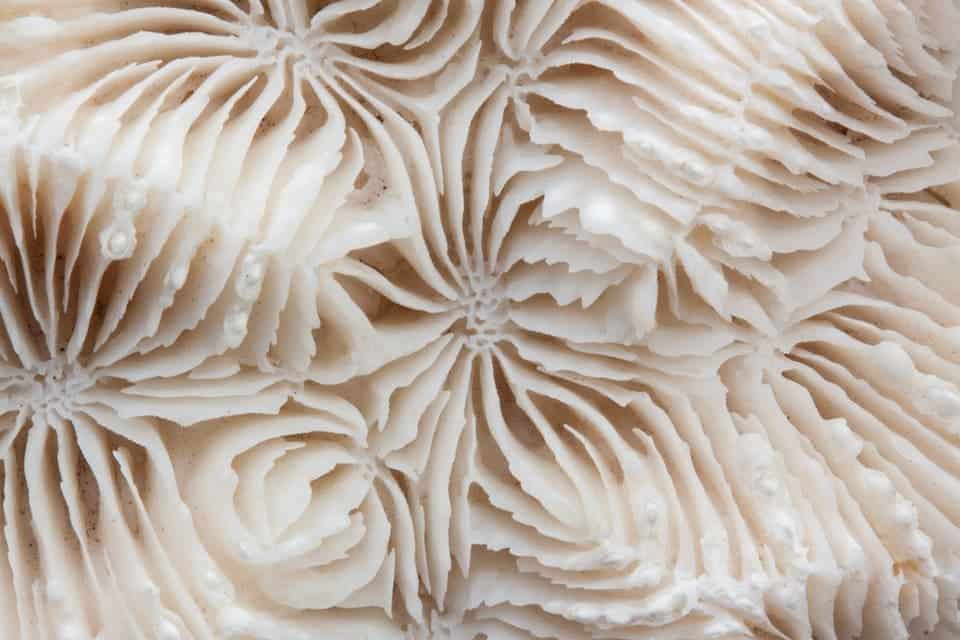New research is looking into 3D-printed corals as a possible cure for the world’s ailing reefs and the animals that call them home.

Image via Pixabay.
Coral reefs aren’t faring very well anywhere on Earth right now. Environmental shocks such as climate shifts, more acidic waters, and pollution are pushing corals — often beyond their limit. As the reefs wither and die, the animals that live there find themselves essentially homeless.
New research at the University of Delaware (UD) is looking into the use of 3D-printed corals as a potential fix.
Hit print
“If the fish on a reef won’t use the 3D-printed coral models as a habitat in the wild, it could place them at greater risk for predation by other larger species,” said Danielle Dixson, an associate professor in UD’s College of Earth, Ocean and Environment’s School of Marine Science and Policy and the paper’s second author.
“If coral larvae won’t settle on 3D-printed materials, they can’t help to rebuild the reef.”
The team has shown that 3D-printed objects don’t impact the behavior of damselfish (a species closely associated with coral reefs) or the survival of a settling stony coral. Fish showed no preference for any of the materials used to print the corals, which suggests that biodegradable materials (such as cornstarch) could successfully be employed in lieu of plastics. This latter finding is particularly relevant in the context of today’s discussion on the role of plastic pollution in the ocean.
The team worked with damselfish and mustard hill coral larvae, which they presented with a coral skeleton and four 3D-printed corals (made from different materials). These artificial corals were replicas of an actual coral skeleton (that the team took around 50 images of using a smartphone). All four filaments used were low-cost, the researchers explain, and widely available; they included polyester and two biodegradable materials, one made from cornstarch and the other from cornstarch and stainless steel powder.
Blue-green damselfish (Chromis viridis) are a common coral-associated fish found in the Indian and Pacific Oceans, while mustard hill corals (Porites astreoides) are a stony coral found in the Caribbean Sea, the team explains. They placed the fish into a tank alongside the corals in a ‘cafeteria-style’ choice experiment — basically, they sat around to see if the fishes preferred one habitat/coral over another. Behavioral analysis showed that the fishes didn’t have a preference between the native coral skeleton and the 3D-printed ones. The fishes’ activity levels (such as frequency of movement and the total distance they swam in the tank) also stayed constant regardless of the habitat they were provided with.
UD alumnus Emily Ruhl, the study’s first author, says that it was surprising to see the fishes behaving the same near a natural or artificial coral skeleton. Furthermore, mustard hill coral larvae settled more readily on 3D-printed coral surfaces than on no settlement surface (as would be the case in a reef destroyed by a storm, for example).
“I thought the natural skeleton would elicit more docile behavior compared to 3D-printed objects,” said Ruhl, who earned her master’s degree in marine biosciences at UD in 2018. “But then we realized the small reef fish didn’t care if the habitat was artificial or calcium carbonate, they just wanted protection.”
When coral reefs degrade, they often lose structural complexity. Reef-associated fish, which tend to spend all of their lives in the reef, rely on this complexity for food and shelter — simpler reefs just don’t give them enough opportunities. Without the proper habitat, they don’t grow to their full size. This mechanism leaves the reef open to an overgrowth of algae (on which larger fish feed) that can destroy the whole reef.
“Offering 3D-printed habitats is a way to provide reef organisms a structural starter kit that can become part of the landscape as fish and coral build their homes around the artificial coral,” Dixson said. “And since the materials we selected are biodegradable, the artificial coral would naturally degrade over time as the live coral overgrows it.”
In addition, 3D-printed coral models can be useful as a control for fish-related laboratory studies, enabling researchers to provide each fish an identical habitat, something that is currently not possible with the use of coral skeletons.
The paper “3D printed objects do not impact the behavior of a coral-associated damselfish or survival of a settling stony coral” has been published in the journal PLOS ONE.






